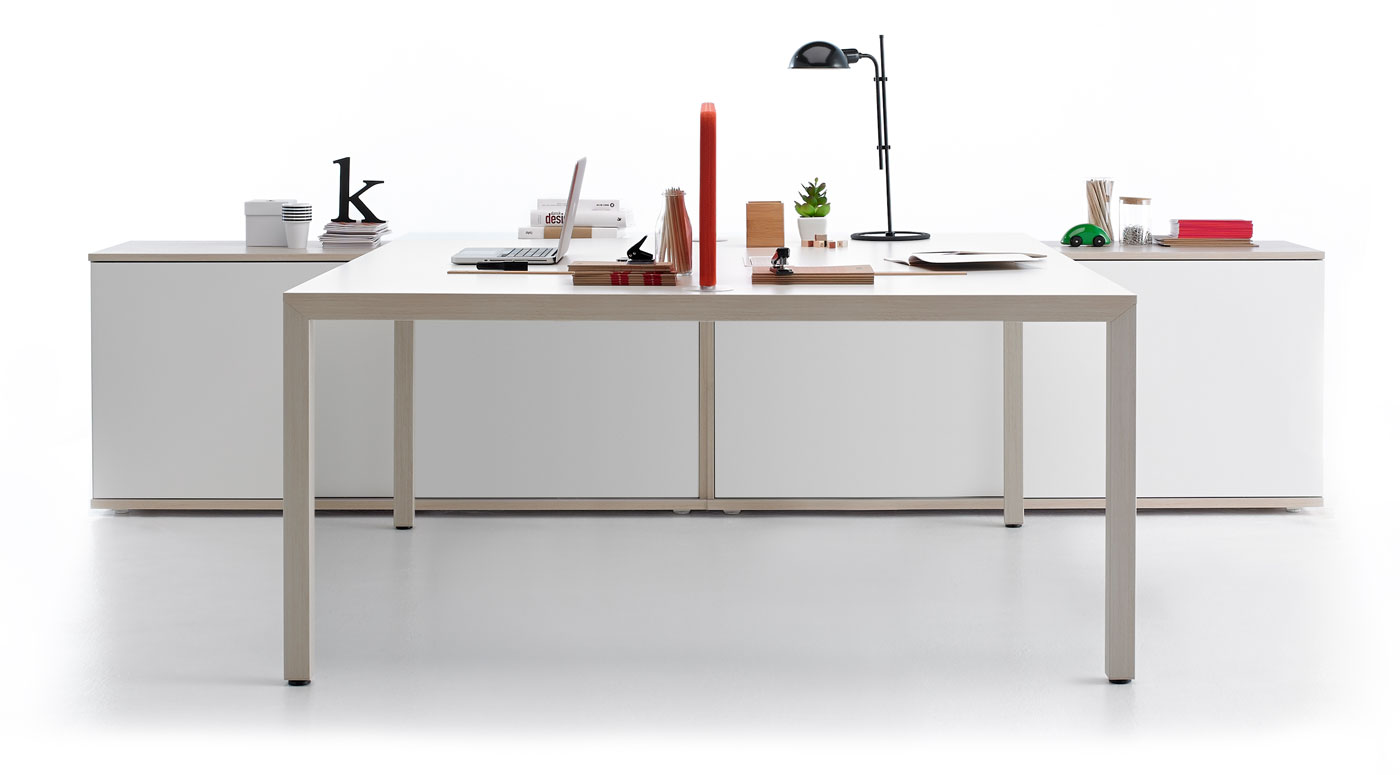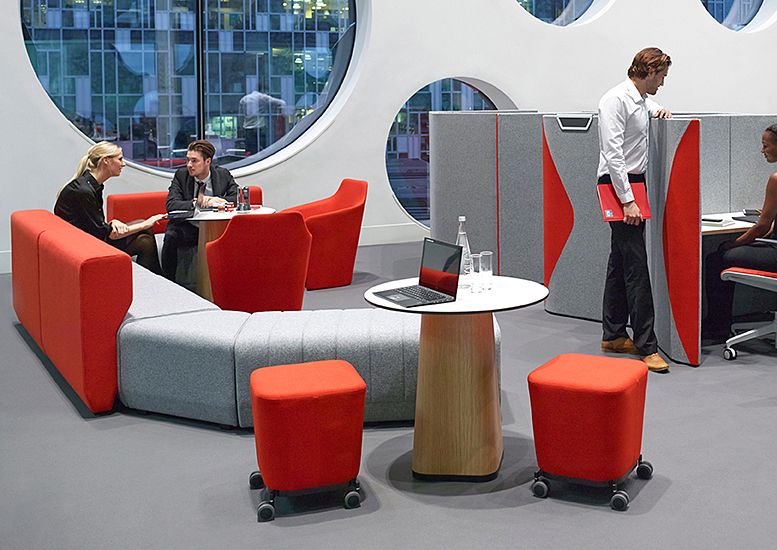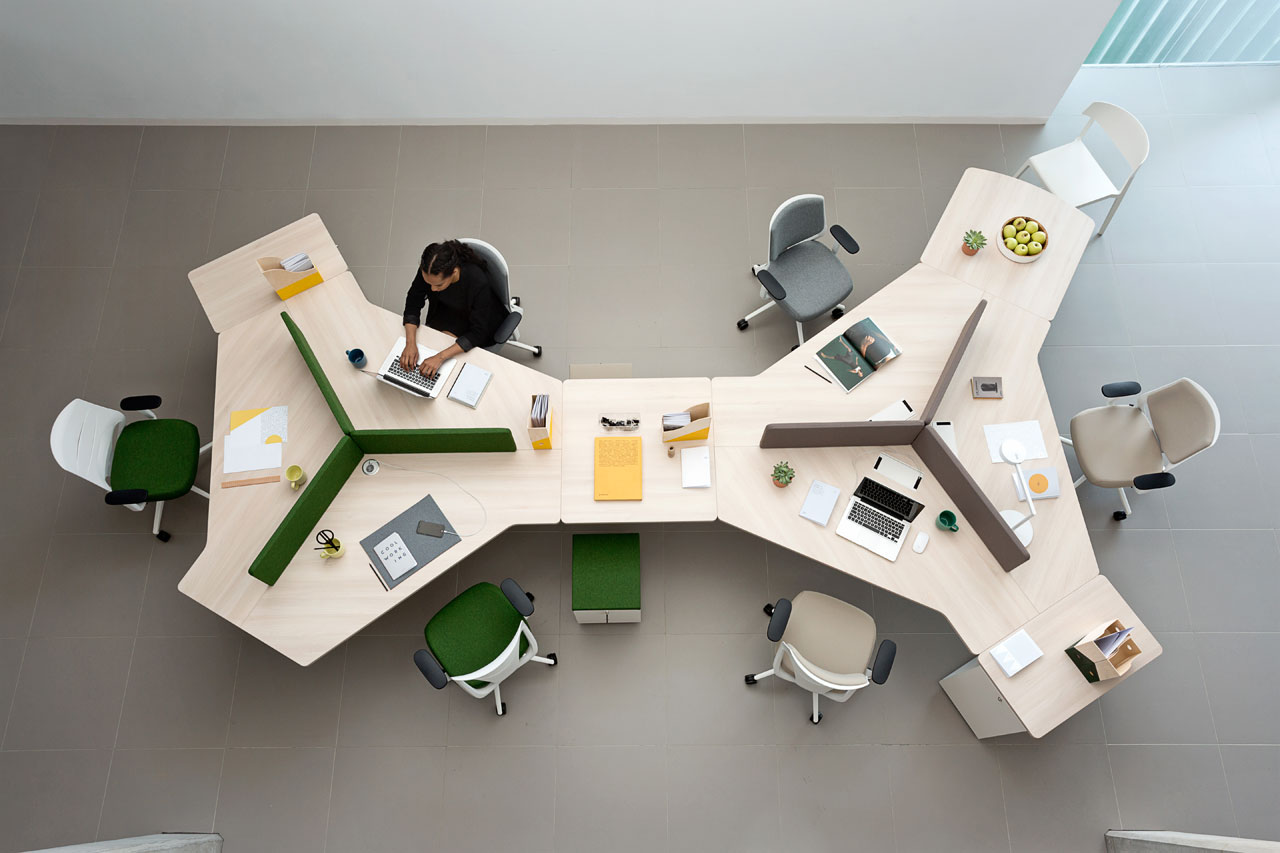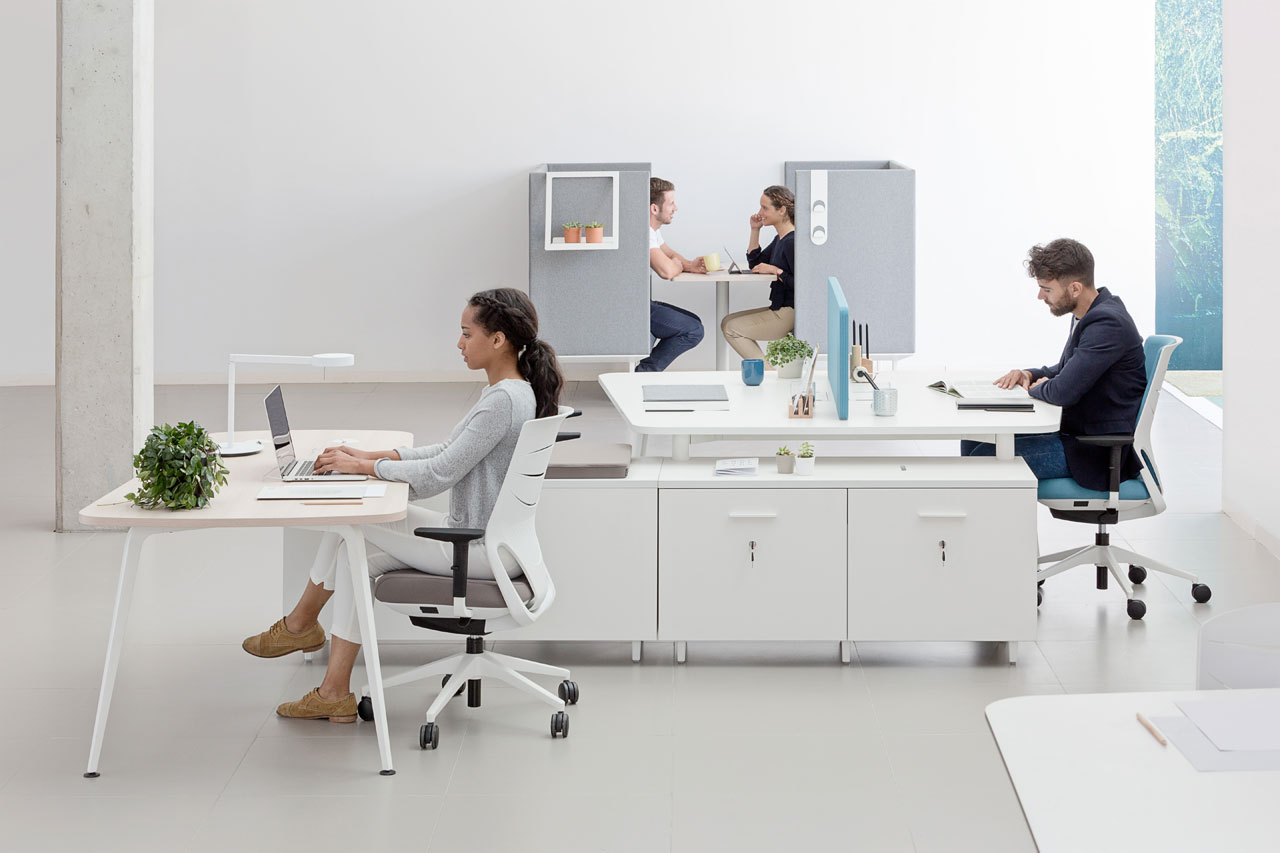Why should we change office furniture if our office still looks good? Most recent findings will convince you.
17. 4. 2019
Society is changing at a dizzying pace. Services evolve, technologies change life habits, the labour market is becoming increasingly competitive. And people need to feel good in order to work efficiently. Companies that are not adapting to their worker's needs, that use inadequate furniture, which can be a cause of sick leave, that have noisy spaces, with bad lighting or which are badly organised, have their days numbered in this revolution
Motivating people to innovate, to change, to be creative and to be able to integrate that evolution in the work environment requires a comprehensive transformation whose most powerful tool is furniture. Furniture is used to change a space's design and, with it, the work routines that help a company to jump into the 21st century, promoting collaboration, communication and learning from furniture and how it is laid out.

Find out if your furniture meets these requirements:
1. Design and furniture must always be aimed at creating functional spaces.
Spaces that allow each person to carry out their daily work in the most practical and comfortable way possible. But it is also crucial that jobs can be integrated into communication and collaboration spaces that encourage teamwork.
2. Furniture should be comfortable and ergonomically efficient: so that
Each person can adjust their workstation to their body and therefore prevent pain and injury. Other issues such as lighting, organisation, visual cleaning and storage spaces are key to achieving a quality space.

3. It should also be borne in mind that we do not perform the same tasks throughout the day.
We go to meetings, make phone calls, read, write texts, etc... therefore it is important to study workflows and create spaces that make people feel better and be more productive. The furniture must respond to this diversity, combining spaces that enhance concentration with more open areas that promote exchanging ideas and teamwork.
4. new trends of open and accessible offices need furniture to act as a tool that embellishes and designs the spaces.
They divide departments, management areas and meeting and social spaces. And with this new role, people feel freer to carry out different actions in their day-to-day work.
Furthermore, kitchens and dining rooms are becoming multi-purpose spaces in which, apart from being places to relax, can be turned into a multi-purpose training room. And that is achieved through versatile and functional furniture that allows to create varied solutions and take advantage of every square metre of the facilities.

5. Furniture manages to integrate the collaborators.
Companies increasingly rely on external people who contribute their knowledge in a wide variety of areas. It is essential to have workspaces for these collaborators, who will feel closer to the company and maybe even more involved in the project.
6. Changing leadership
Another one of the things that are changing is traditional leadership itself. The most modern human resources trends praise a paradigm that involves closeness between team members, commitment and integrity. Decision making is collective and not individual, and knowledge does not come from a single individual, but from a community. To do this, we must be close, communicate, discuss and share ideas that arise from a collective effort.7

7. Attracting the talents
Finally, the added value of furniture and a well-designed space is a key tool in attracting talent. It is a context in which the salary is combined with many other decisive factors, as people look for other intangibles that make them feel good every day, and that's where furniture also has a lot to contribute.






